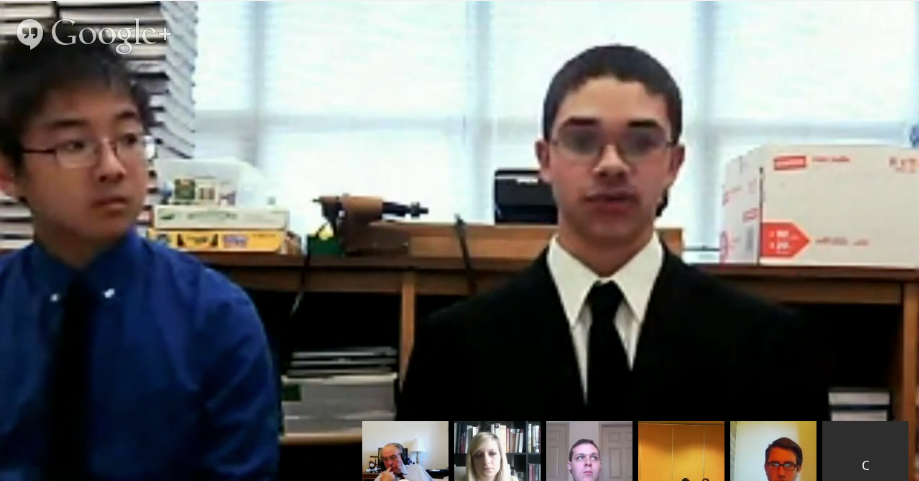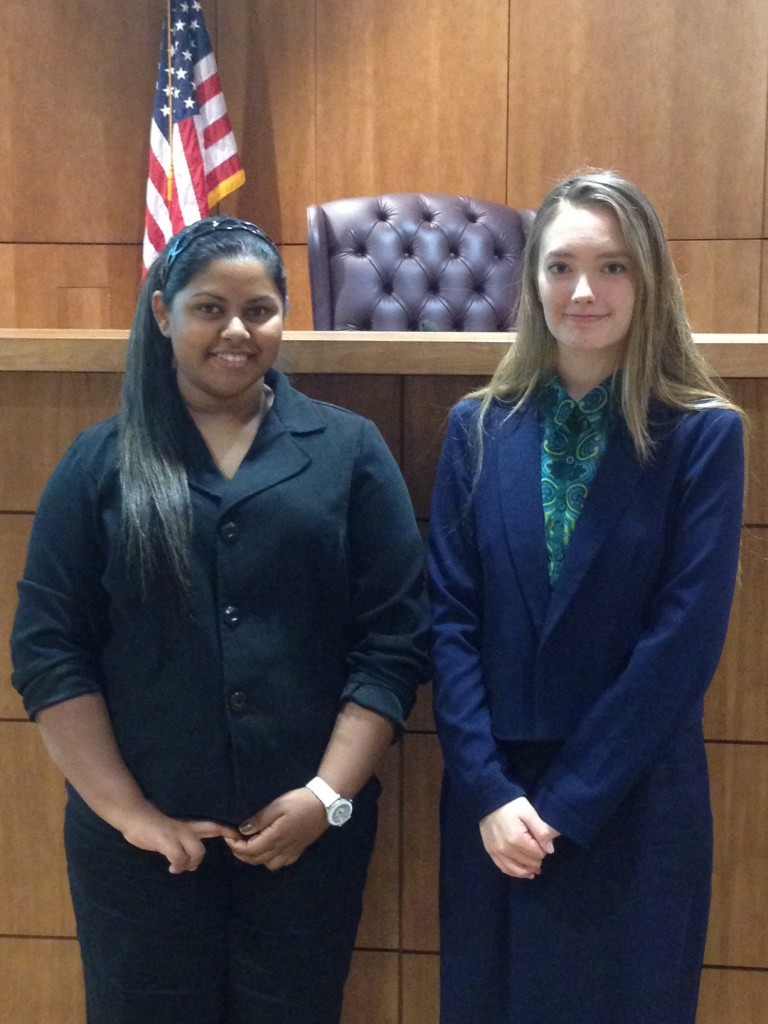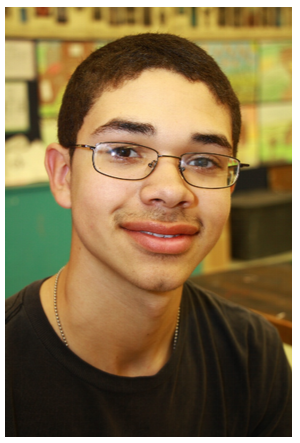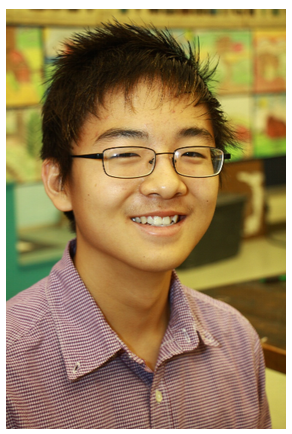This year for my ConLaw exam, to add a difficult wrinkle, I situated the question at some historical period in time. The students were asked to consider a constitutional dilemma, but could only cite the extent precedents at the time. Now, students know how things turn out, and can use that, but they cannot rotely cite a precedent, but must explain a progression. This forces the students to understand the arcs our Constitution has travelled over. It is not enough to know the text, or the current case law. You need to understand everything in between. For example, on a sample exam, I asked the students to consider a law similar to Obamacare enacted during the 1930s.
The results of the exam were fascinating. Some students did an excellent job with it, and exquisitely explained how constitutional law existed before and during World War II, based on little more than Civil War precedents like Ex Parte Milligan. Others missed the mark altogether, and could not divorce themselves from how the current Supreme Court looks at the law. But all papers, at some level, forced themselves to consider the issues without the benefit of hindsight, which is exactly what I wanted to achieve.
The first question put together a fact pattern where Japanese-Americans were training to fly, but not land planes shortly after Pearl Harbor. President Roosevelt locked them up on Alcatraz Island. The students had to tease out the threads between Quirin and Hamdi, without the benefit of either decision. Plus, for good measure, I had some jurisdiction stripping (Ex Parte McCardle), seizure of the airline industry (Youngstown), sterilization of disloyal Americans (Buck), and a deep policy question (“In times of war, the laws fall silent“). And who wouldn’t want want to write a memo as a law clerk for Justice Jackson (other than William Rehnquist, I suppose). Here is the A+ answer.
Enjoy!
—
Instructions: The year is 1942. Following the surprise attack by the Japanese on Pearl Harbor, Hawaii on December 7, 1941, a “day that will live in infamy,” the United States has formally declared war on Imperial Japan, and shortly thereafter on Nazi Germany. In response, President Franklin D. Roosevelt has issued three executive orders, and Congress has enacted two laws, that severely curtail the rights of Japanese-Americans. You are a law clerk for Justice Robert H. Jackson. He has asked you to prepare a memo of no more than 1,000 words addressing five issues present in this case.
—
The United States Army learns that twelve Japanese-Americans, all natural-born United States citizens, have been taking flying lessons at flight schools in California, Oregon, and Washington. Their instructors have informed the Army that these students are only interested in piloting planes midair, and have not shown interest in learning about taking off or landing. These reports are consistent with coded transmissions intercepted in the Pacific Theater by a young intelligence analyst named John Paul Stevens (who enlisted on December 6, 1941). The information suggested that sleeper cells of Japanese-Americans within the United States were training to fly suicide Kamikaze (“Divine Wind”) missions, where they would hijack commercial airplanes in-flight, and pilot them into high-value targets such as the Golden Gate Bridge in San Francisco.
In response to this wartime threat, the United States government takes the following four actions.
1. President Roosevelt issues Executive Order #1 (“EO1”), ordering that these twelve citizens be detained immediately on Alcatraz Island, a prison off the coast of San Francisco, California. In the dark of night, the dozen are rounded up without any warning, and hauled to Alcatraz. One month after these individuals are detained, Congress passes, and the President signs into law the War Commissions Act (“WCA”), which names these twelve individuals, and denies them the ability to challenge their detention in any court.
2. Concerned about the looming threat of Japanese-Americans who may still be loyal to Japan, President Roosevelt issues Executive Order #2 (“EO2”), which provides that the military general of each state can charge, and prosecute, any American of Japanese ancestry before a military tribunal for disobedience. A week after it is enacted, both houses of Congress unanimously issue a proclamation in support of Executive Order #2.
3. President Roosevelt issues Executive Order #3 (“EO3”), ordering that the Secretary of War shall seize control of and manage all commercial airlines. Executive Order #3 specifies that a member of the United States Army must pilot all commercial flights in the United States. President Roosevelt cites as authority for Executive Order #3 a treaty between the United States and Great Britain the Senate ratified earlier that year, concerning aviation security during time of war. Congress is silent concerning the implementation of Executive Order #3.
4. Congress enacts, and President Roosevelt signs into law the War Purity Act of 1942 (“WPA”). This Act mandates that all Americans of Japanese ancestry renounce all allegiances to Japan, and swear an oath of loyalty to the United States. Those that decline to take the oath are afforded a trial before a military jury. If a unanimous military jury, finds that the individual is not entirely loyal to the United States, the individual is to be sterilized (either through the removal of the Fallopian Tubes, or a Vasectomy).
—
Four lawsuits are filed challenging these four governmental acts.
1. Fred Korematsu, an attorney in San Francisco, filed a writ of habeas corpus in the Northern District of California against the President of the United States, on behalf of the 12 detainees being held at Alcatraz. The writ seeks to challenge their ongoing detention. He also files a constitutional challenge to Executive Order #1 and the War Commissions Act on behalf of the detainees. Korematsu challenges that Executive Order #1 was an exercise of power beyond the President’s Article II powers. Korematsu further claims that the War Commissions Act fails to justify the suspension of the writ of habeas corpus, and was an unconstitutional removal of jurisdiction. Korematsu does not challenge Executive Order #1 as violating due process of law, or equal protection of the laws. Korematsu has not been able to talk to or see the twelve detainees, as the military has kept them on total lockdown.
2. Mitsuye Endo, a natural born United States citizen of Japanese ancestry, is arrested in Seattle by the military commander for violating the curfew of 8:00 p.m. The curfew was only imposed on those of Japanese ancestry, as determined by the United States Army. Endo responds that she was arrested for sitting on her own porch at 7:45 p.m., and was not in violation of the curfew. Endo is charged and convicted by a military tribunal for violating her curfew, and is sentenced to one year in military prison. Endo files a writ of habeas corpus in federal court against the commander of the prison. She asserts that Executive Order #2 denies her the equal protection of the law. She does not raise any other claims.
3. Howard Hughes, the President of Trans World Airlines, files suit against the Secretary of War challenging Executive Order #3. He claims that the President does not have the authority to order the seizing and commandeering of his airline.
4. Carrie Buck, whose great-grandfather lived in Japan, was charged by the military commander, General Josef Mengele, as a person of Japanese ancestry who was not loyal to the United States. Citing the War Purity Act as authority, the commander ordered Buck to read a statement concerning American patriotism, and sign an oath professing loyalty to the United States. Buck, who could not read, was not able to complete the exercise. Buck was hauled in front of a military trial, and was not offered a lawyer. The only piece of evidence admitted into the record was the blank oath form that was not signed. Buck was allowed to testify on her behalf. She testified that while she was proud to be an American, the way the government had been treating Japanese-Americans since the War began was shameful. Based on the evidence at trial, the military jury unanimously found that Buck violated the War Purity Act, and sentenced her to be sterilized. Buck filed a writ of habeas corpus in federal court, asserting that the sentence of sterilization imposed under the War Purity Act violated her 5th Amendment rights in two ways: her liberty interests protected by the due process clause, and the procedures required by the due process clause. She does not raise any other claims
—
All four of these suits are unsuccessful in the lower courts, and are consolidated on appeal to the United States Supreme Court.
Justice Jackson has asked you to prepare a memo of no more than 1,000 words addressing the following five issues.
1. Does the President have the Article II powers to enact Executive Order #1, and detain the twelve American citizens under his authority? What is the impact of the subsequent enactment of the War Commissions Act on the President’s authority to detain the twelve American citizens? Does the WCA suspend the writ of habeas corpus? Does WCA validly remove jurisdiction from the courts to review these detentions?
2. Was the enforcement of Executive Order #2, with respect to the conviction of Endo, constitutional? Focus on whether subjecting Endo to the military tribunal during this time violated her right of equal protection under the law. Please explain what is the importance, if any, of Congress’s unanimous declaration supporting Executive Order #2.
3. Does the President, pursuant to his Article II powers and Executive Order #3, have the authority to order the Secretary of War to seize the airlines? Please address the importance, if any, of (1) Congress’s silence on this seizure, and (2) the treaty signed with Great Britain, on the President’s Article II powers.
4. Does Carrie Buck’s sentence of sterilization violate her 5th Amendment rights of both liberty and process? Please focus on the state’s countervailing interests.
5. In talking over the difficulties of this case, Justice Jackson muses, “In times of war, the laws fall silent.” Consider this maxim in the context of actions taken in the heat of World War II. Address both sides of this issue—whether the Court should, and should not invalidate these laws.
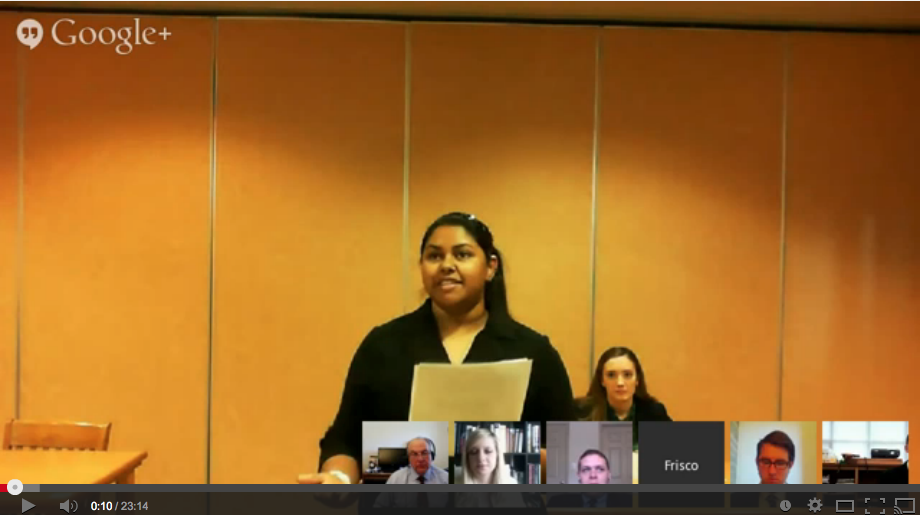
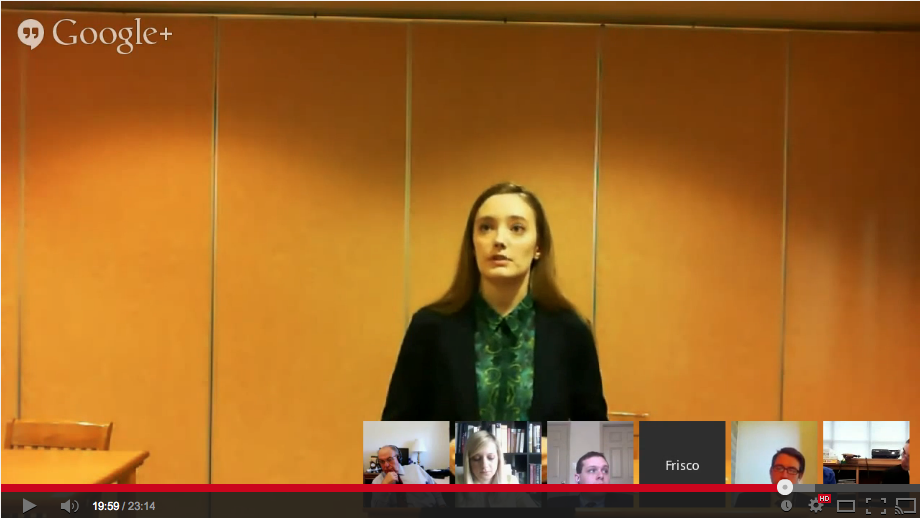 Congratulations to all the students. Also, congratulations to their excellent teachers. Ben Ewald at Frisco CTE, Christina Murray at Wicomico High School, and Michael Cunningham at Del Valle HS. We are so proud of these educators who inspire their students to accomplish great things.
Congratulations to all the students. Also, congratulations to their excellent teachers. Ben Ewald at Frisco CTE, Christina Murray at Wicomico High School, and Michael Cunningham at Del Valle HS. We are so proud of these educators who inspire their students to accomplish great things.